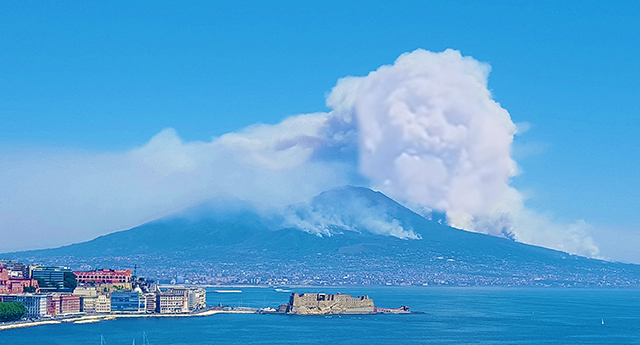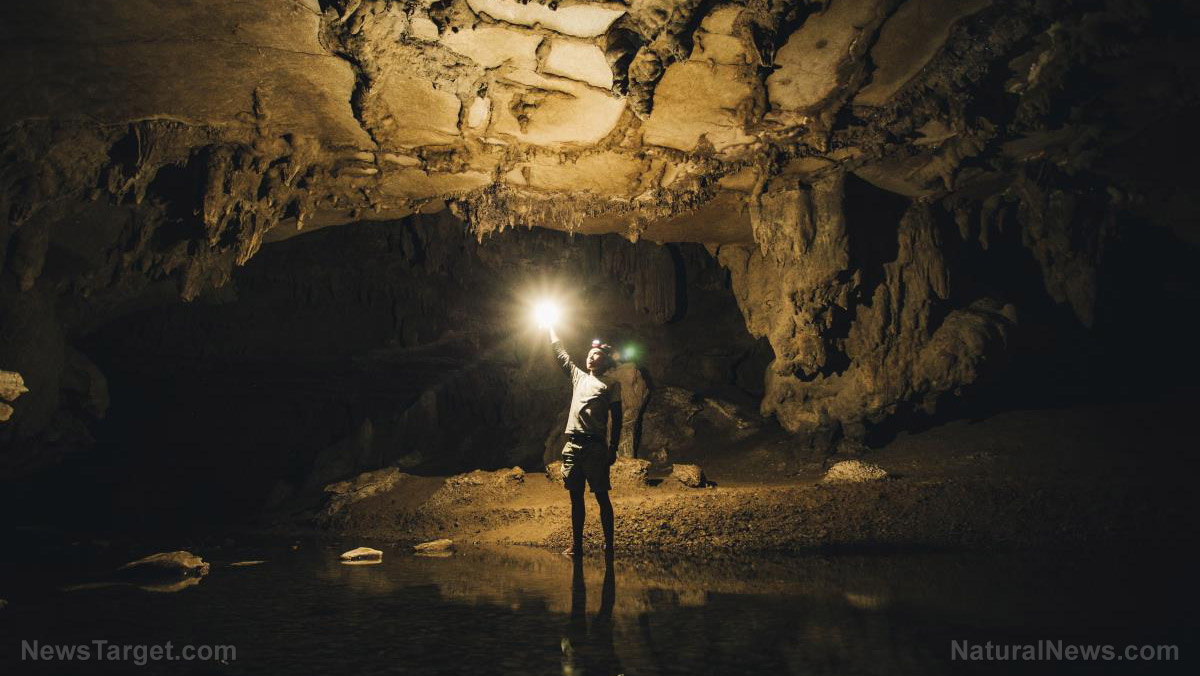Antarctic fungi could survive on Mars!
02/04/2016 / By Chris Draper

European scientists launched a colony of tiny fungi from Antarctica to the International Space Station (ISS) to see if microorganisms could survive in environmental conditions similar to Mars. After 18 months on board the ISS, the researchers found out that the fungi could not only live in a Mars-like environment, they may even colonize the red planet before humans could have a chance.
The EXPOSE-E platform is based outside the ISS. It is there that microbes are exposed to environmental pressures to see what sort of extremes life can survive in. In addition to mirroring Mars-like conditions, the experiment was tuned to see if life could live in a comet or meteorite-like environment, which would, in turn, give weight to the theory of panspermia — the belief that biochemical compounds from outer space seeded life onto Earth.(1)
The Cryomyces antarcticus and Cryomyces minteri fungi were chosen for the experiment mainly because they thrive in the McMurdo Dry Valley in Antarctica, the most Mars-like environment on Earth. High winds and low humidity are known to plague the area, and only microorganisms that live in the cracks of rocks can withstand the hostile environment.(2)
Fungi travel from Antarctica to ISS, and, possibly, Mars
A group of European researchers traveled to McMurdo Dry Valley, gathered samples of fungi and sent them to the ISS. For 18 months, the fungi lived in a chamber on EXPOSE-E. The atmosphere of the chamber mimicked the atmosphere of Mars, which consisted of 95% carbon dioxide, 1.6% argon, 0.15% oxygen, 2.7% nitrogen and 370 parts per million of water and a pressure of 1,000 pascals.(2)
The researchers discovered that approximately 60 percent of the fungi survived in EXPOSE-E. Specifically, the cellular DNA of the fungi was still high, notes Rosa de la Torre Noetzel from Spain’s National Institute of Aerospace Technology (INTA), co-researcher in the project.(2)
The results of the study suggest two possibilities. First, Mars may have once harbored life, which could still be present today. Second, fungi could accidentally contaminate Mars if they latch themselves onto the shoulders of astronauts who set foot on the planet. If there is currently no life on Mars, then the second possibility would be less of an issue.(2)
Given that fungi survive in EXPOSE-E, it could still exist in Martian rocks or just below the soil. NASA chooses rover sites based on the likelihood of the area being home to life. Since these fungi can survive on space stations, however, NASA could change future Mars exploration sites out of fear of contaminating the entire ecosystem.
The Lichens and Fungi Experiment (LIFE)
The researchers note that their work, published in the journal Astrobiology, is part of an experiment known as the Lichens and Fungi Experiment (LIFE), “with which we have studied the fate or destiny of various communities of lithic organisms during a long-term voyage into space on the EXPOSE-E platform.”(2)
“The results help to assess the survival ability and long-term stability of microorganisms and bioindicators on the surface of Mars, information which becomes fundamental and relevant for future experiments centered around the search for life on the red planet,” states De la Torre.(2)
Researchers involved in the Life Experiment, coordinated from Italy by Professor Silvano Onofri from the University of Tuscany, have studied two species of lichens (Rhizocarpon geographicum and Xanthoria elegans), which can bear the brunt of mountainous environments. They were collected from Sierra de Gredos (Avila, Spain) and the Alps (Austria), half of which were exposed to Mars-like conditions.
The researchers found “the two species of lichens ‘exposed to Mars’ showed double the metabolic activity of those that had been subjected to space conditions, even reaching 80% more in the case of the species Xanthoria elegans,” reports Science Daily.(2)
Sources include:
(2) ScienceDaily.com
Tagged Under: Antarctic fungi, Expose-E, International Space Station, Mars, McMurdo Dry Valley



















